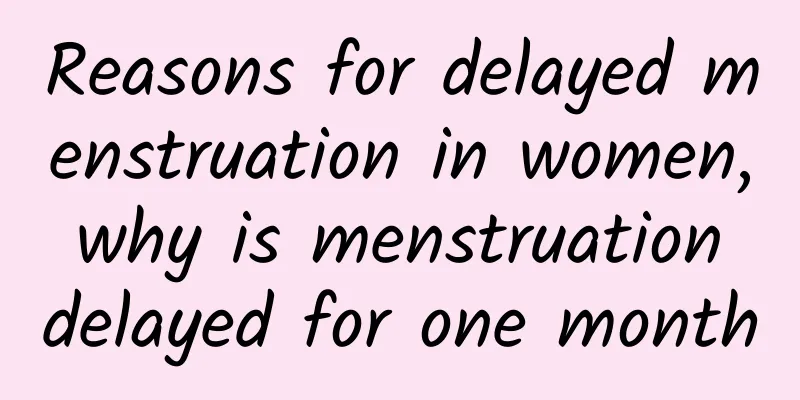What to do if a 48-year-old has a 8cm uterine fibroid

|
Uterine fibroids are the most common benign tumors in the female genitalia, and are common in women aged 30-50. Patients around 48 years old are usually in the perimenopausal period. Uterine fibroids of 8 cm can be divided into two situations: untreated and treated: 1. No treatment: Patients around 48 years old who have no obvious symptoms do not need treatment. Uterine fibroids can shrink or disappear after menopause and need to be followed up every 3-6 months. 2. Treatment: For patients with uterine fibroids of 8 cm, 20%-50% of patients experience menstrual changes such as increased menstrual volume, prolonged menstruation, shortened cycle, irregular vaginal bleeding, as well as symptoms such as anemia, increased leucorrhea, lower abdominal pain, and backache. At this time, treatment can be considered. There are mainly two treatment methods: 1. Drug treatment: Suitable for patients with mild symptoms, menopausal or poor systemic symptoms, and not suitable for surgery. Mifepristone can be used as a preoperative drug or menopausal medication, but after mifepristone counteracts progesterone, the endometrium is stimulated by estrogen for a long time, and the risk of pathological changes increases. Long-term use is not recommended; 2. Surgical treatment: Patients who need to retain their fertility can undergo hysterectomy, but there is a possibility of residual and recurrence after surgery. Patients who do not require fertility need to undergo cervical cytology before hysterectomy to rule out the possibility of endometrial cancer. If the patient cannot tolerate or is unwilling to undergo surgery, uterine artery embolization, high-energy focused ultrasound, endometrial resection, etc. are feasible, but they are not mainstream treatment options, there is a certain possibility of residual and recurrence, and the effect varies from person to person. |
<<: What is the difference between bacterial vaginosis and vaginal candidiasis?
>>: Does ovarian cyst affect pregnancy? What are the main symptoms?
Recommend
Beat the scale! Press 4 acupoints to promote metabolism and eliminate edema
For women who are struggling with the scale, losi...
What are the dangers of irregular menstruation?
Every woman has her menstrual period once a month...
Have you ever paid attention to the symptoms of cervical hypertrophy?
After you find out that you have cervical hypertr...
What are the signs of uterine fibroids in the second pregnancy? Will uterine fibroids disappear after having a second child?
What are the signs of uterine fibroids in the sec...
What harm does abortion do to women? What are the precautions after abortion?
Many women do not take contraceptive measures dur...
The most prominent symptom of ovarian cysts is usually a lump in the lower abdomen.
The most prominent symptom of ovarian cysts is us...
How to check gynecological cervical erosion
What are the examination methods for cervical ero...
Eating hot pot like this won’t make you fat! Nutritionists teach you how to choose the right meat and staple food, so you can enjoy delicious food and lose weight
Matsusaka pig vs. plum pig To review again, white...
Let’s find out together: Are multiple ovarian cysts serious?
Multiple ovarian cysts are a type of ovarian cyst...
What to eat when you have abnormal leucorrhea
When leucorrhea is abnormal, dietary adjustments ...
Full launch! Zhang County conducts large-scale inspection of livestock and poultry meat products
In line with the central government's policy,...
Introduction to the symptoms of menopausal syndrome
Women aged 45 to 55 are called menopausal. Menopa...
What are the causes of irregular menstruation in women? Is it normal for menstruation to last for eight or nine days?
Menstrual irregularity is a gynecological disease...
Obesity is closely related to uterine fibroids. A reasonable diet can treat uterine fibroids.
Is obesity related to uterine fibroids? Can a pro...
What are the dangers of Trichomonas vaginitis?
Trichomonas vaginitis is a common gynecological d...









